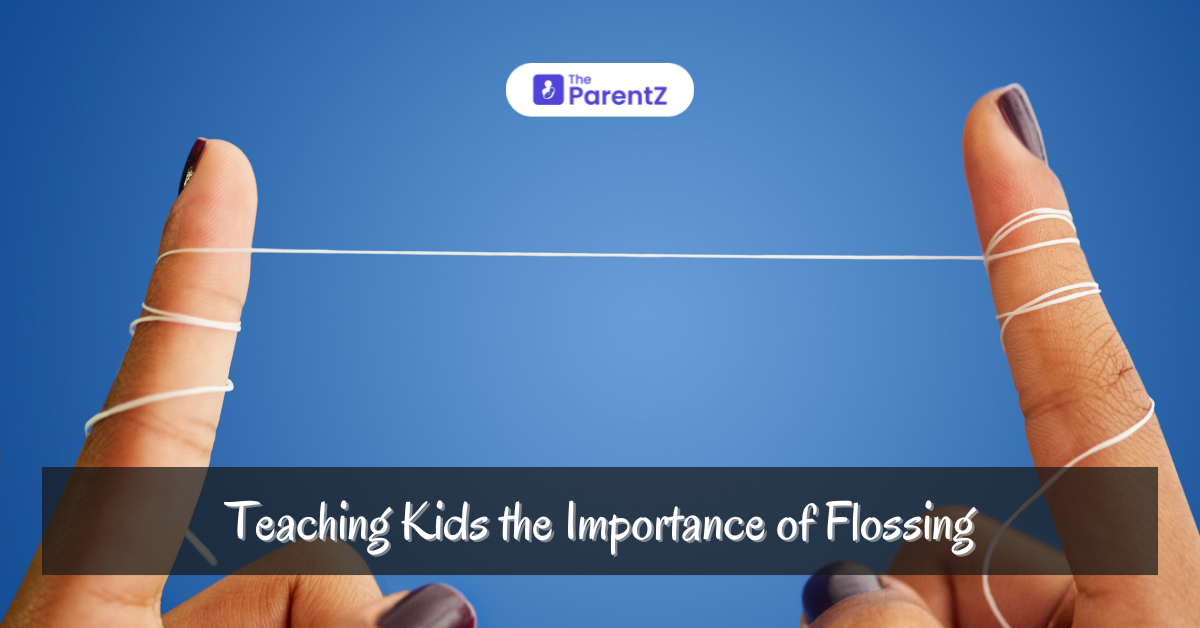Flossing is an essential part of oral hygiene that helps prevent cavities and gum disease. Teaching kids to floss from an early age sets the foundation for a lifetime of good oral health habits. Here’s a detailed guide to help you explain the importance of flossing to children and how to make it a fun and regular part of their routine.
Why is Flossing Important?
Flossing plays a crucial role in maintaining healthy teeth and gums by removing food particles and plaque that a toothbrush cannot reach. Here are the key benefits of flossing:
1. Prevents Cavities:
Flossing removes food particles and plaque between teeth, which can cause cavities if left unchecked.
2. Reduces Gum Disease:
Regular flossing helps prevent gingivitis and more serious gum diseases like periodontitis by removing plaque buildup.
3. Improves Overall Health:
Good oral hygiene, including flossing, reduces the risk of systemic conditions like heart disease and diabetes.
4. Prevents Bad Breath:
Removing trapped food particles and bacteria between teeth helps keep breath fresh.
Tips for Teaching Kids to Floss
1. Start Early:
Begin flossing as soon as your child has two teeth that touch. This helps them get used to the sensation and routine early on.
2. Use Kid-Friendly Floss:
Choose floss sticks or picks designed for children, which are easier for little hands to use.
3. Make it Fun:
Turn flossing into a game or challenge. Use colorful floss or flossers and reward consistency with stickers or a small prize.
4. Lead by Example:
Floss alongside your child to show them how it’s done. Kids are more likely to adopt good habits when they see their parents practicing them.
5. Educate with Visuals:
Use books, videos, or dental models to explain how flossing works and why it’s important. Visual aids can make the concept clearer and more engaging.
How to Floss Correctly
1. Cut a Piece of Floss:
Use about 18 inches of dental floss. Wind most of it around the middle finger of one hand and the rest around the middle finger of the other hand.
2. Hold the Floss Tightly:
Hold the floss tightly between your thumbs and forefingers, leaving an inch or two of floss to work with.
3. Guide the Floss:
Gently guide the floss between your child’s teeth using a zig-zag motion. Avoid snapping the floss into the gums.
4. Form a C Shape:
Curve the floss into a C shape around each tooth and slide it up and down along the side of the tooth and under the gumline.
5. Use a Clean Section:
Use a clean section of floss for each tooth to avoid transferring plaque and debris to other areas.
Making Flossing a Habit
1. Incorporate into Daily Routine:
Make flossing a part of your child’s daily brushing routine. Ideally, floss once a day, preferably before bedtime.
2. Be Patient and Consistent:
Be patient and encourage your child consistently. Habits take time to form, and positive reinforcement goes a long way.
3. Regular Dental Check-ups:
Schedule regular dental visits to monitor your child’s oral health and reinforce the importance of flossing.
By teaching kids the importance of flossing and helping them develop proper techniques, you can ensure they maintain healthy smiles throughout their lives. Making flossing a fun and regular part of their routine will set them up for success in their oral health journey.








Be the first one to comment on this story.